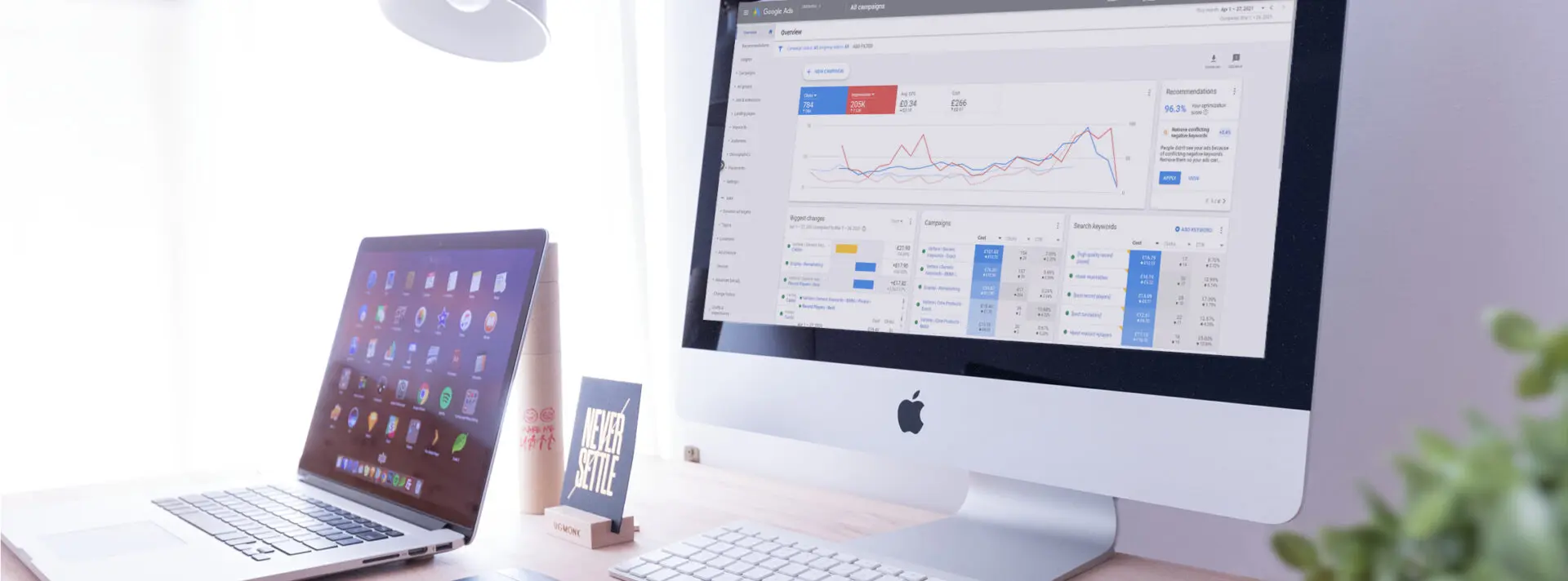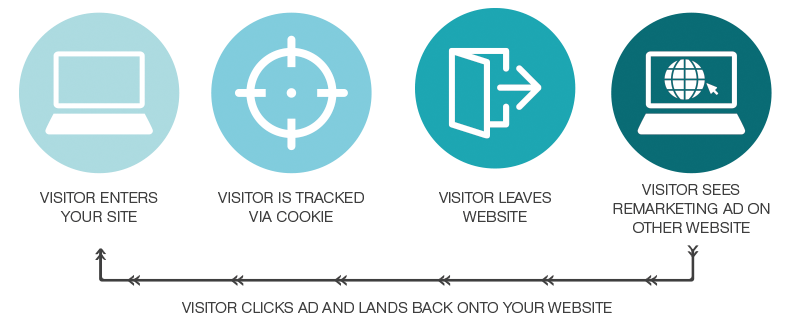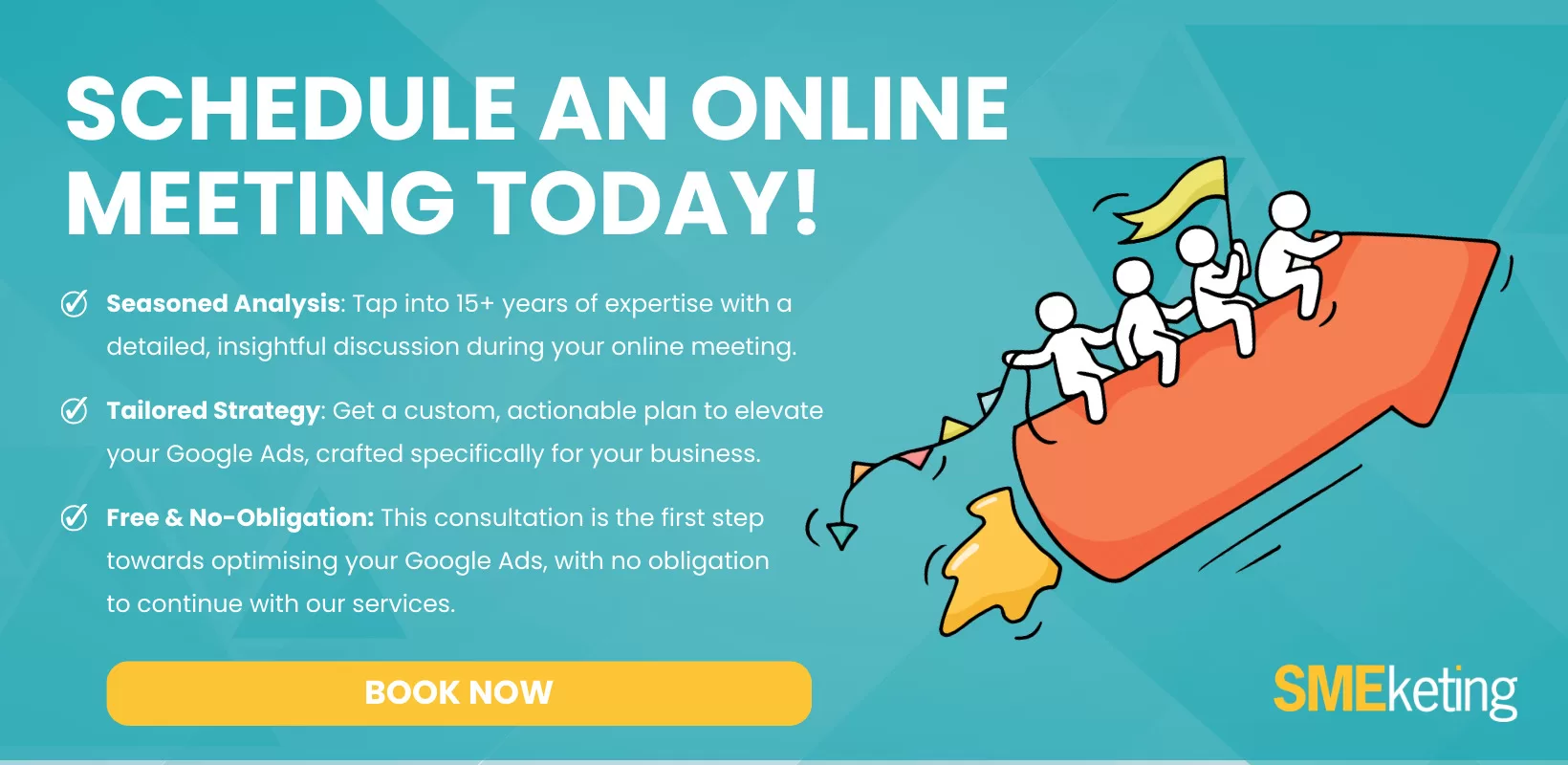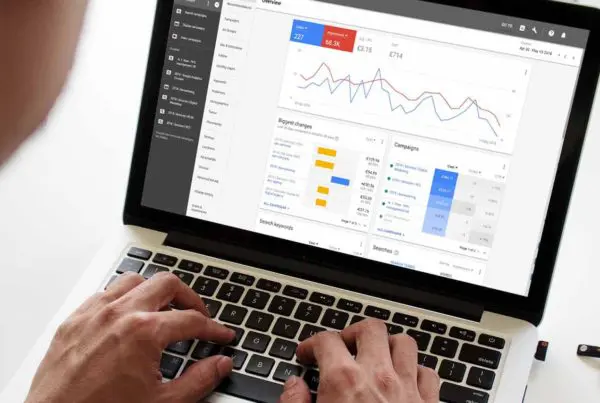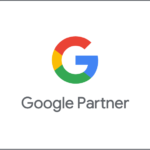Google remarketing campaigns (or retargeting campaigns) work on a simple principle: it’s easier to market to people who’re familiar with your brand than those who aren’t. While previous customers are most likely to purchase your product or services again, any form of brand engagement increases their likelihood of conversion.
The majority of site visitors never complete your desired conversion. However, the percentage of potential customers in the group who’ve visited your site is far greater than for those who have yet to. That’s just common sense.
With a remarketing campaign, you can show relevant ads or personalise ads to these interested consumers to boost your conversions.
Learn what Google remarketing campaigns are, how they work, and the key benefits below.
What is a Google Remarketing Campaign?
In a nutshell: Google remarketing campaigns allow you to position your ads in front of audiences who’ve previously engaged with your business – be it by visiting your website or using your mobile app.
For some reason, this group of consumers didn’t complete a conversion – purchase an item, fill out a contact form, etc.
Think of these consumers as window shoppers: they’re interested but not committed. All you need to do is nudge that interest into a conversion. (Much simpler than trying to entice a new buyer.)
How does a Remarketing Campaign Work?
Remarketing campaigns use “cookies” to track a user’s movements across the web. Cookies are small pieces of code automatically saved to a person’s browser that contain pages visited, store preferences, and more.
There are four steps in any remarketing campaign:
- A visitor enters your site and receives a Google Tag
- The visitor leaves your site
- Visitor sees your ad on other sites
- Visitor returns to your site
Using this pool of information, you can create custom audiences in Google Ads to target with customised ads.
Google Remarketing Campaign Types
Google remarketing campaigns come in several different types. These include:
- Standard marketing. Ads are shown to past visitors throughout the Google Display Network, i.e., Search, YouTube, etc.
- Dynamic marketing. Ads are personalised to the searcher’s interests, including products or services in the ad that people viewed on your website or app.
- Video remarketing. Displays your ads to people who have interacted with your YouTube channel or videos through YouTube and other Display Network videos, websites, and apps.
- Remarketing lists for search ads. Display ads to past visitors while they perform follow-up searches on Google after leaving your website.
- Customer list remarketing. You can upload lists of contact information from customers and show them ads across the Google Display Network.
Benefits of a Google Remarketing Campaign
1. Follows up on customer interest
Just because customers didn’t buy your product doesn’t mean they didn’t want to. Life is messy. Your customer could have been searching for a new dress only for their phone to ring. Once they finish their conversation, they’ve got to leave. They soon forget about the dress.
Remarketing campaigns act as a prompt to purchase the product.
Maybe they just want to think about it or save up a little more money. Whatever the reason, remarketing campaigns work to keep your product or services in the limelight.
And you can reach audiences already familiar with your brand. You’re not explaining what your product or service is and who you are. You solely focus on capitalising on the customer’s earlier interest.
2. Low cost
Remarketing campaigns use a cost-per-click (CPC) model like other Google Ads. Every click that doesn’t result in a sale is a waste of ad spending. You want to maximise the number of searchers who purchase your product after clicking on your ad.
That means considering who you are showing your ad to.
With remarketing campaigns, the audience already demonstrates some interest in your brand. Meaning, that if they click your ad again, the chance they’re going to purchase your product or service is substantially higher than if they were clicking for the first time.
Even better, you’re following up on those earlier clicks that didn’t lead anywhere – thereby reducing your so-called wasted ad spend in the process.
3. Greater click-through rate (CTR)
We’re more likely to click if we’re previously familiar with a brand. That’s not just common sense; it’s a fact.
According to Wishpond, the average click-through rate (CTR) for display ads is 0.07% compared to the average CTR for retargeted ads of 0.7%.
It’s often said to transform a lead into a conversion involves 7 to 13+ engagements with a brand. With Google remarketing campaign, rather than sparking initial engagement, you nudge people towards a final conversion. Because of their greater familiarity, they’re more receptive to your ads and offers.
4. Customer personalisation
When you’ve got information about your customers – be it names or cookie data – you can personalise the ads they see. Whether you’re showing them a product they saw earlier or offering a discount code for the items they added to their cart but didn’t complete a purchase, you see a significant uptick in sales.
You can even set time criteria, e.g., when your audience sees your ads after visiting your site. You could, for instance, show the ads on the same weekday and hour as the week before.
5. Reach your audience as they relax
Customers are often more receptive to ads when they’re relaxing as compared to perusing their emails. In fact, they’re more likely to notice the ad.
Nor does a customer need to click for the ad to have an effect. These small passive reminders could spark them to go onto your website later and buy the product. It doesn’t feel like a hard sell.
Google remarketing campaigns harness customer interest
We’ve all heard the stats about the costs of attracting new customers compared to keeping the existing ones. But not all new customers are equal. Focusing your marketing (or rather remarketing) efforts on customers who have previously engaged with your brand is likely to result in a substantial boost to your conversion ratio.
If you’d like to learn more about how a remarketing campaign can help your business grow, then get in touch with me today. I can help set up a remarketing campaign within your existing Google Ads account, or can create a new Ads account with remarketing included.
- How to Do Keyword Research for Google Ads - January 15, 2024
- A Comprehensive Guide to Google Ads for B2C Businesses - January 8, 2024
- How to Write Calls to Action (CTAs) for Google Ads - December 25, 2023

